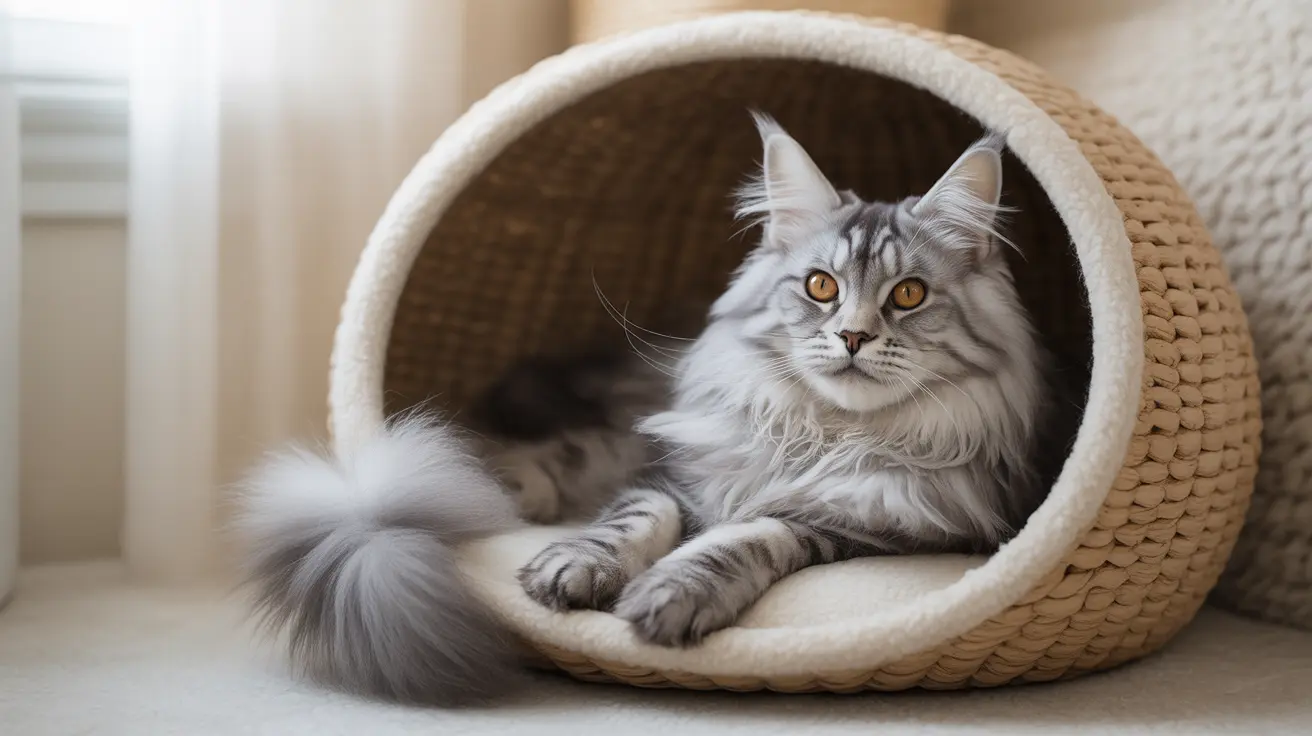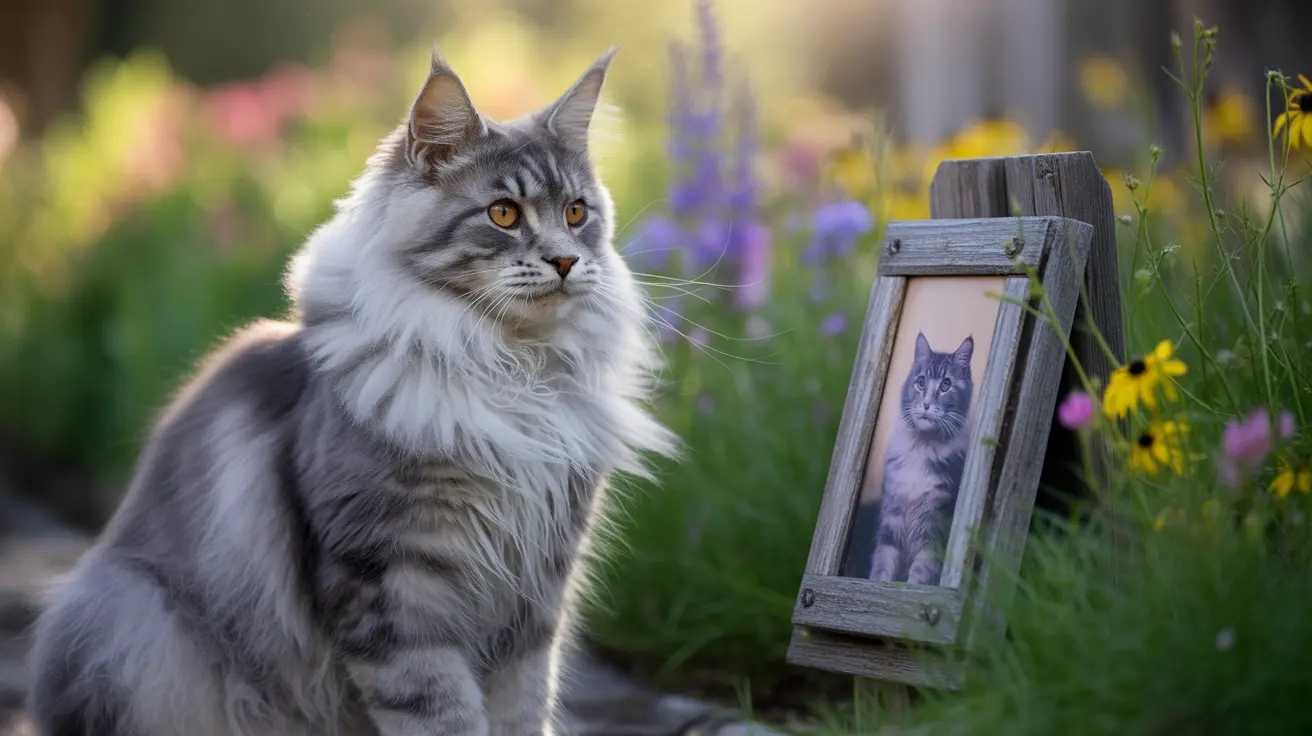Understanding Why Your Cat Is Attacking Your Other Cat
Aggression between household cats can be distressing for owners and dangerous for pets. Understanding the root causes and how to manage this behavior is essential for restoring harmony. Cats are not naturally inclined to fight without cause; their aggressive behavior typically arises from instinctual drives or external stressors.
Common Causes of Inter-Cat Aggression
- Territorial Behavior: Cats are territorial creatures. Introducing a new cat or changes in the home environment can trigger a defense of perceived personal space.
- Fear or Defensive Aggression: A cat may act aggressively if it feels cornered or threatened, especially when unable to escape.
- Redirected Aggression: Sometimes frustration caused by an external source (like outdoor cats, loud noises) is redirected toward a nearby feline companion.
- Play Misinterpretation: Young or overly energized cats may display what seems like aggression during play, especially if not adequately socialized.
- Medical Conditions: Pain from conditions like arthritis, dental issues, or neurological problems can make a cat more irritable and prone to lashing out.
- Hormonal Influence: Intact cats, especially unneutered males, may be more prone to aggression due to sexual competitiveness.
Recognizing Aggression in Cats
Reading feline body language is crucial for identifying early signs of aggression. These include:
- Offensive Signals: Upright posture, stiffened tail, direct stares, ears forward, raised hackles, and growling.
- Defensive Signals: Crouching, dilated pupils, flattened ears, arched back, hissing, and swatting.
Understanding these cues helps owners intervene before conflict escalates.
Different Types of Feline Aggression
Cats may exhibit various aggression types:
- Inter-Cat Aggression: Often due to social hierarchy, personality clashes, or poor early socialization.
- Redirected Aggression: Caused by inability to access the actual source of stress, such as a bird outside.
- Play Aggression: Seen in young cats; may involve biting, pouncing, and scratching during mock fights.
- Territorial Aggression: Triggered by perceived invasion of space or resources.
- Petting-Induced Aggression: Cat becomes irritated by overstimulation during petting sessions.
- Pain-Induced Aggression: Results from discomfort during handling or movement.
- Maternal Aggression: Mother cats protect kittens from perceived threats, which may include household pets.
- Idiopathic Aggression: Provocation is unclear or non-existent; these instances require professional assessment.
Medical Factors to Rule Out
Aggression may be the result of an underlying health issue. Conditions such as:
- Toxoplasmosis
- Hyperthyroidism
- Dental Disease
- Epilepsy
- Trauma or Arthritis
- Rabies or Cognitive Dysfunction
should be diagnosed by a veterinarian through a comprehensive examination.
Management and Treatment Strategies
Behavioral and Environmental Solutions
- Avoid Physical Punishment: It escalates fear and worsens aggression.
- Safe Zones: Provide separate territories with litter boxes, perches, and resting areas.
- Gradual Reintroduction: If aggression has occurred, separate the cats and use scent swapping before reuniting slowly and under supervision.
- Environmental Enrichment: Toys, puzzles, and interactive play can reduce aggression fueled by boredom.
- Desensitization: Gradually expose the aggressor to triggering stimuli in a controlled manner.
Medical and Professional Intervention
- Veterinary Consultation: Rule out health problems contributing to aggression.
- Medication: Anti-anxiety or mood-modifying drugs may help if prescribed by a vet.
- Behaviorist Support: Certified professionals can assess and develop customized management plans.
Preventing Future Incidents
Success in curbing aggression lies in proactive habits:
- Spay or neuter all cats to reduce hormonal tension.
- Introduce new cats properly using gradual steps and supervised interaction.
- Watch for early warning signs and separate cats before a fight starts.
- Keep cats indoors or away from windows that may expose them to outside triggers.
Breed Tendencies and Other Considerations
Genetics may also play a role. Breeds like
Abyssinian or
Siamese may show higher aggression levels, while
Maine Coons and
Ragdolls tend to be more sociable.
When to Seek Help
If aggression escalates or results in injuries, professional help from a veterinary behaviorist is highly recommended.
Conclusion
Understanding the types and causes of feline aggression allows owners to address the root of the problem. With proper management, medical support, and professional guidance, peace can be restored in a multi-cat household.





